Imagine strolling down the street when you spot a fellow citizen carrying a gun peacefully. Should you call the cops to report this individual? This scenario raises a fundamental question: are guns an inherent right or a granted privilege?
In 2008, the U.S. Supreme Court asserted that firearm ownership is a citizen’s individual right. D.C. v Heller became the landmark case recognizing the 2nd Amendment as legitimate. Opponents viewed firearm ownership as a collective privilege within a government-controlled state militia.
The firearm rights divide is a battle between collective privilege and individual autonomy. Legal scholars differed on this issue before 2008. I will give you an abridged history and overview of the firearm rights journey below.
Individual vs Collective Right: The Great Divide
The clash between individual and collective rights is a fundamental cultural distinction. American society places a strong emphasis on individualism prioritizing personal interests over collective groupthink.
Self-defense and self-preservation align with this individualist ethos. Gun rights are the focal point of this cultural divide.
One option you control, while the government maintains authority over the other.
The Individual Right to Gun Ownership: What is it?
A right grants you more liberty and freedom. You’re able to walk around without fear of government payback for exercising your rights. Firearms play a critical role in self-defense.
Individualist Rights Theory:
In this theory, you’re able to own firearms as a God-given natural right.
No government infringement should interfere with your ability to own guns for self-preservation.
Individual Right Philosophy
To clarify, felons lose certain individual freedoms such as firearm ownership in prison. This is long established precedent.
If the government viewed firearm ownership as a collective privilege, wave bye-bye to your guns. Your autonomy disappears.
What are some activities you’re able to do as a right:
- possess firearms in your home without unwarranted police inspections
- visit a shooting range to enjoy the recreational aspects of the 2nd Amendment
- defend your life with a gun
- experience greater access and availability of firearms
Normal gun owners seek to preserve their constitutional rights. They don’t want a right to slowly fade into the abyss.
One of the biggest determinators of a right is citizen’s scrutiny of new laws. If a politician fabricates a tyrannical law, a judge must declare the rule unconstitutional. Their political affiliation shouldn’t matter.
You are born with these rights.
The Founding Fathers acknowledged them in the Constitution to alleviate future generational concerns about freedom.
The Constitution doesn’t grant them to us. But rather restricts government power over its citizens.
Firearms are an established individual right in the United States. After 2008, the haze over personal gun ownership disappeared.
Collective Privilege of Firearm Ownership
This theory originated from post-Civil War reconstruction. In essence, collective academics argue this is the original intentional Framer hypothesis.
As such, they believe and focus on the phrase “well-regulated” in the 2nd Amendment’s wording. Their whole movement relies on the clarity they provide to those words making it the collective’s cornerstone argument.
Collective Rights Theory Beliefs:
According to this theory, you can only exercise 2nd Amendment rights under government oversight.
Gun ownership is a collective ideal tied to civic duty and militia service. No individual right to possess firearms exists for personal protection.
Collective Right’s Philosophy
Thus, collective theorists conclude the Bill of Rights applies to all other individual rights except the 2nd Amendment. What a travesty!
Seeing firearms as a privilege provides more opportunities for “common sense” gun control. State legislators can continuously impose more burdensome laws without oversight from “We the People”. You’ll need the government approval stamp to exercise this “privilege”.
Do “the people” have a collective view of the 1st Amendment? Are you only allowed to practice your grievances in a collective mob?
Applying similar logic to the 1st Amendment, you’d ask for government approval to practice freedom of speech. The collective philosophy limits your ability to life, liberty, and happiness.
For example, Australia and New Zealand implemented significant gun reforms since firearms are a granted privilege.
In addition, the American Civil Liberties Union (ACLU) believes collective ownership is a core 2nd Amendment principle. They disagree with the outcome of the next court case we’ll discuss.
Here is a screenshot below of the ACLU position:
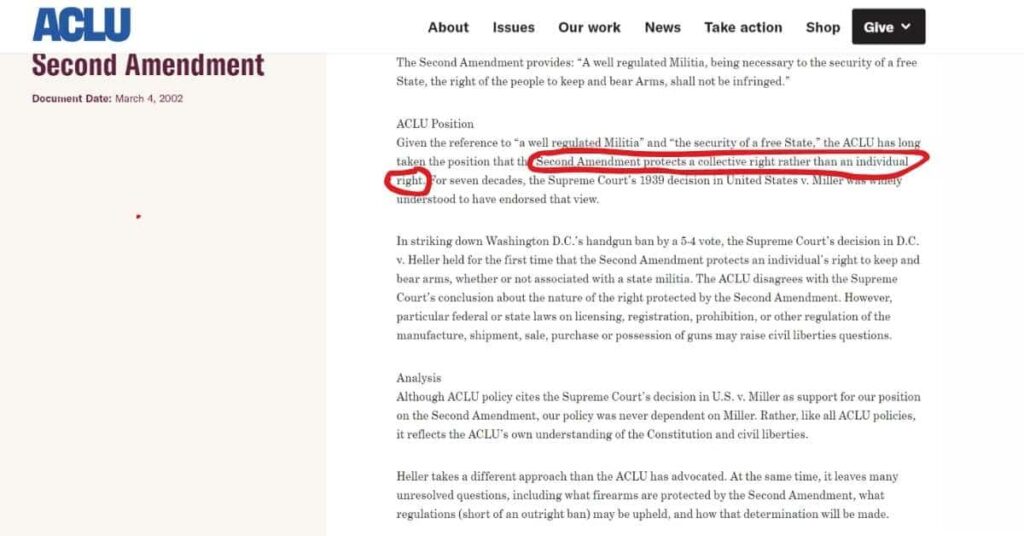
District of Columbia v Heller (2008) – A Right
If you’re familiar with the 2nd Amendment, this legendary court case is familiar. It secured an individual right to own firearms.
Before this case, legal scholars widely ignored the 2nd Amendment for over a century.
Surprisingly, the Bill of Rights originally consisted of 9 amendments- not 10. Scholars overlooked the 2nd Amendment locking it in a closet.
Thus, a now famous D.C. security guard- Dick Heller- wanted to keep a gun in his house. Gang crime grew in metro D.C., and Heller wanted to protect himself.
But D.C. passed a handgun ban in 1976 as their solution to protect the public. Heller didn’t approve and vowed to correct this.
As a security guard, he couldn’t take his work gun home with him. So, you’re trusted with a gun at work, but you can’t have one in your home for personal protection. Does this rationale seem sensible to anyone?
After many attempts, his case finally appeared in front of the U.S. Supreme Court.
In a 5-4 majority, Justice Antonin Scalia penned the majority opinion. It established an individual right to firearms.
The collectivists’ theory of firearm ownership disappeared with this new judicial precedent. At the time, people found it hard to realize the case’s gravity.
For over 15 years now, you – as an American- can exercise your individual 2nd Amendment rights.
Origins of the Collective Right Theory
The collectivist theory emerged during the Reconstruction era post-Civil War. As a turbulent time, this bloody war killed over 620,000 Americans as reported by the History Channel.
Before then, the 2nd Amendment didn’t garner much political attention.
Let’s start with the story.
Freed slaves wanted to acquire firearms unable before abolition. Yet, opposition to individual firearm rights created the racist roots of gun control.
Southern states- such as Mississippi or South Carolina- issued gun restrictions. For instance, South Carolina prohibited blacks from acquiring firearms. They also prevented them from serving in the militia as free citizens.
In response to these ever-growing concerns, Congress ratified the 14th Amendment in 1868. Its purpose became to protect individual rights. With this amendment, Congress hoped to prevent states from violating rights like the 2nd Amendment.
Federal authorities sought equal treatment for everyone and the ability to penalize states for misconduct.
But history proved to take a different path. Let’s delve into the court case next.
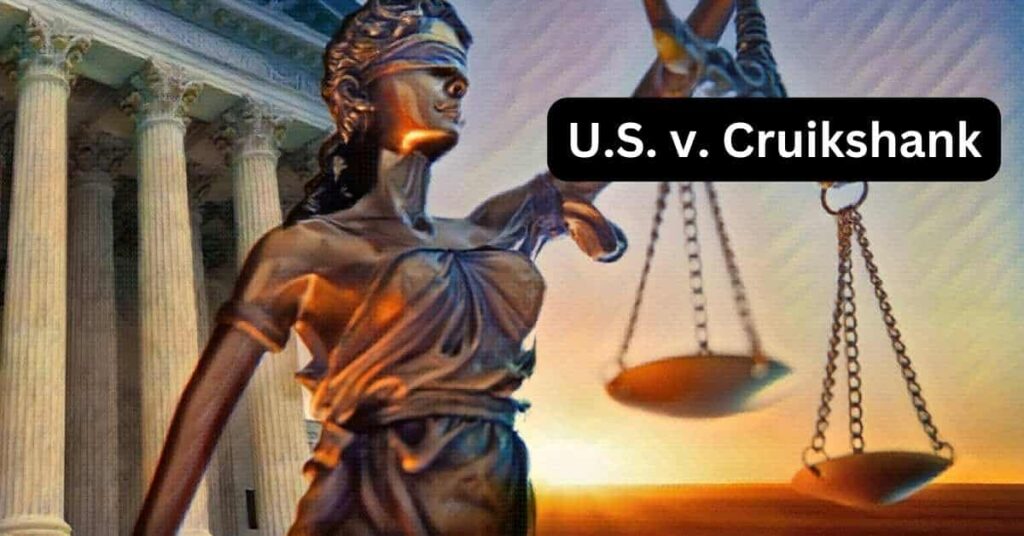
U.S. v Cruikshank (1876) – The Debut of Collectivist Gun Privileges
This case started the collectivist push for guns as a privilege over a right. But the clash leading to this situation left a bloodstain mark on American history.
The Story Leading to the Case
As the story goes, both Republicans and Democrats contested a local election in 1872. Each side worried about their political opposition’s consolidation of power. And offices such as the sheriff remained hotly contested in an electoral duel.
Who would have the ultimate influence in this small Louisiana town?
Republicans and armed Black militia members barricaded themselves inside the local courthouse. Their main objective became clear- protest the elections. Many of the militia members gained combat experience fighting as Union soldiers.
So, they knew how to handle firearms for self-defense.
White Democratic forces surrounded the barricaded militia members. Outgunned, the defenders refused to surrender.
In the ensuing chaos, the whites opened fire resulting in an event known as the Colfax Massacre. Estimated losses included 150 black militia members and 3 white militia members killed.
This incident went down as one of the most tumultuous events post-Civil War.
The Case and Outcome
The U.S. government needed to punish the aggressors- the whites. They fired first prompting the murder charges that eventually reached the Supreme Court.
The ruling addressed aspects of the 14th Amendment directly impacting the 2nd Amendment.
Federal authorities couldn’t prosecute crimes of murder under the 14th Amendment. An essential question arose: Did the right to gather and bear arms apply to the states?
The courts dismissed the individual right of self-defense for blacks assembled in the courthouse.
Instead, the courts affirmed the states as the administrators of what it meant to bear arms. Only the states possessed the authority to prosecute this crime.
In essence, the high court affirmed a collective state right from federal disarmament. Sadly, blacks seeking justice for individual firearm rights lost their fight with this decision.
“The Second Amendments means no more than that it shall not be infringed by Congress, and has no other effect than to restrict the powers of the National Government.”
Cruikshank Case Opinions
2 key takeaways on the right to bear arms:
- 2nd Amendment restricts federal power in regulating firearms
- Guards against state militia disarmament by a federal standing army
States gained unfettered power to regulate firearms due to the court’s collective interpretation.
2nd Amendment Articles:
• America’s major political parties have different approaches to guns. LEARN MORE about where each party stands on gun issues.
• Public Safety is the leading cause for gun control. LEARN MORE how gun control and public mandates impact you.
Conclusion
After debate, the Supreme Court ruled that a U.S. citizen has an individual right to bear arms. Different theories surfaced starting in the 1870s and evolved to the present.
Some scholars further enlarged the collective theory after the Cruikshank case.
A Maine Supreme Court Judge named Lucillus Emery wrote in the Harvard Law Review (1914) about the collective theory. He emphasized the need for more regulation using early 17th-century British statutes.
Emery referenced specific words in the state constitutions of Massachusetts and South Carolina:
- “common defense”
- “defense of the state”
To him, these words represented an unrestricted means for the government to institute collective firearm regulations.
Why would the Framers construct the Constitution to imply collectivism? It is one of the most carefully worded documents about established government in world history.
The Bill of Rights recognized rights held by individuals as acknowledged by Heller (2008). There is a singular right to freedom of speech, religion, and the press. Each person can and has the liberty to practice those as such.
Thus, firearms are a right founded in America’s individualistic society. You have a right to self-defense and self-preservation. Exercise those so you’re taking advantage of your liberty.
Firearms are an essential part of your longevity. You must acknowledge human nature because someone will always want what you have.
What are your feelings about individual citizens carrying firearms? Is it scary?
J. Liberty
While America is the land of firearms, what are other ideals they want to spread? LEARN MORE as I give you a few other world aspects of American Liberty.
References:
Britannica, T. Editors of Encyclopaedia (2023, September 28). Colfax Massacre. Encyclopedia Britannica.
Cornell, S. (2006). A Well Regulated Militia. New York : Oxford University Press.
Hardy, D. T. (2011). The Rise and Demise of the Collective Right Interpretation of the Second Amendment. Clev. St. L. Rev., 59, 315.
Levinson, S. (1989). The Embarrassing Second Amendment. The Yale Law Journal, 99(3), 637-659.
Roots, R. I. (2000). The Approaching Death of the Collective Right Theory of the Second Amendment. Duq. L. Rev., 39, 71.
Whitney, C. R. (2012). Living with Guns: A Liberal’s Case for the Second Amendment. New York: PublicAffairs.
Zeller, B. (2023, August 23). How Many Died in the American Civil War. Retrieved from History.
Photo Credits
Photo Credits:
© DNY59 via canva.com
© P_Wei via canva.com
© TravisPhotoWorks via canva.com
Photo Credits
Photo Credits:
© tzahiV via canva.com
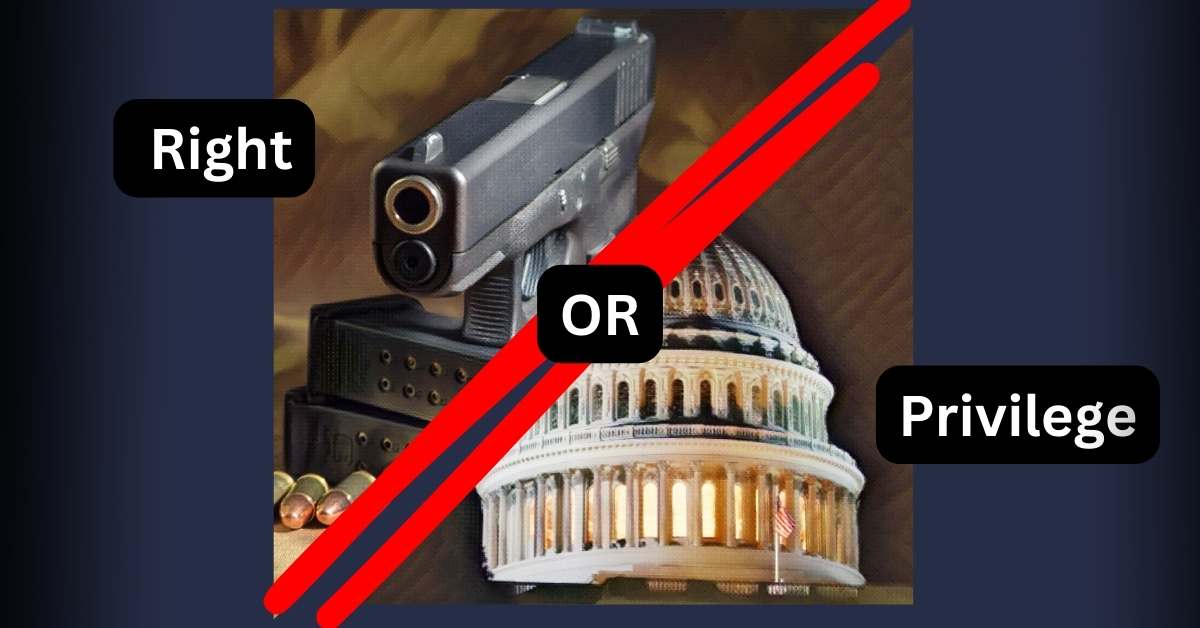

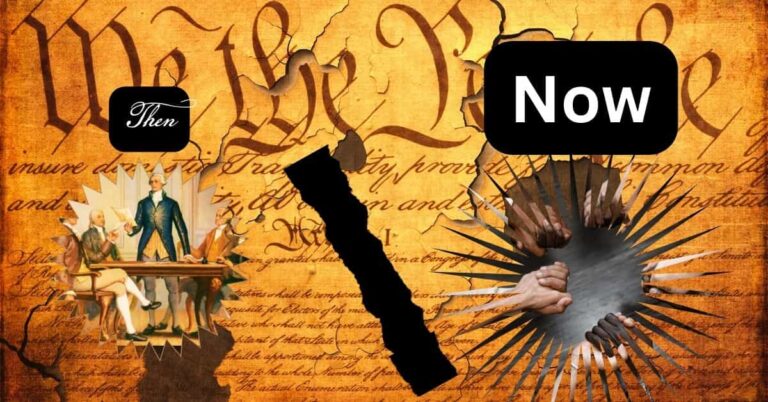
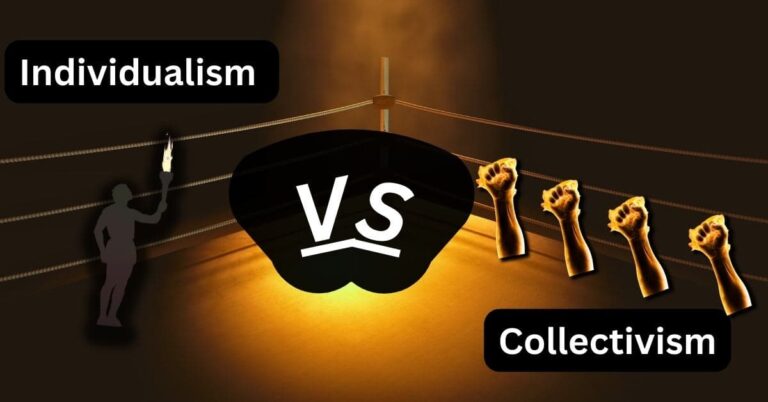
Leave a Comment